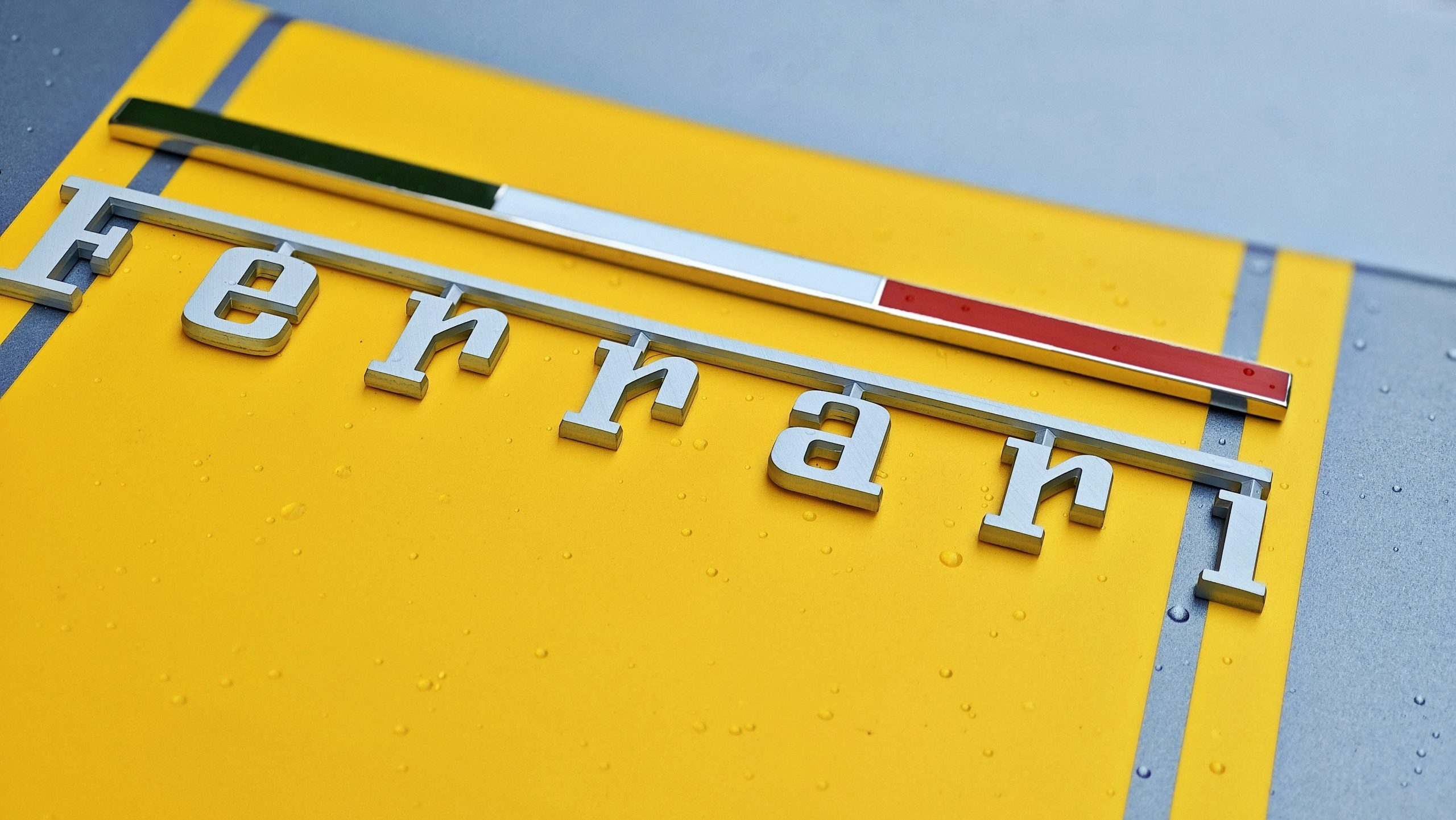Math Enjoyment: Turning Numbers Into Adventures
Do you remember when you were a kid and your eyes would light up at the thought of going on a grand adventure? Maybe it was exploring a new place, embarking on a daring quest, or even just playing pretend with your friends. Whatever it was, the excitement and joy that came from those adventures were unparalleled. But as we get older, we often lose that sense of adventure and replace it with a mindset of stress and anxiety. However, what if I told you that there is a way to bring back that joy and excitement? And all you need is a little bit of math! Yes, you read that right – math can be an adventure too. In this article, we will explore the concept of math enjoyment and how it can turn numbers into adventures. So get ready to put on your explorer hat and let’s dive in!
The Importance of Math Enjoyment
Before we delve into the world of math enjoyment, let’s first understand why it’s important. As we grow up, we are constantly bombarded with the idea that math is difficult and boring. This negative mindset towards math can have a detrimental effect on our learning. It creates a barrier between us and the subject, making it harder for us to understand and appreciate its concepts.
This is where math enjoyment comes in – it breaks down that barrier and replaces it with a positive attitude towards math. When we enjoy something, we are more inclined to put in effort and time to learn it. This, in turn, leads to a better understanding and proficiency in the subject. With math enjoyment, students are not only able to grasp mathematical concepts better but also retain the knowledge for longer periods of time.
The Power of Visualization
One of the key factors in turning numbers into adventures is visualization. Many people struggle with math because they have a hard time visualizing the concepts. But when you add a sense of imagination and adventure into the mix, suddenly those numbers and equations start to come to life.
For instance, imagine you are trying to solve a word problem that involves calculating the distance between two points. Instead of simply looking at the numbers, visualize yourself as an explorer trying to navigate through a new and unknown land, with each point representing a destination. This simple change in perspective can make all the difference and bring a sense of excitement and adventure to an otherwise mundane problem.
Turning Math into Real-World Adventures
Math doesn’t just have to stay in the realm of textbooks and classrooms – it can be brought to life through real-world adventures. For example, if you’re learning about angles, take a trip to an amusement park and have a blast on rollercoaster rides, while also identifying different angles as you go. Or if you’re studying fractions, why not have a baking adventure in the kitchen and use measurements to create delicious treats?
By incorporating math into your everyday activities and turning them into adventures, you not only make the learning process more enjoyable but also show that math has real-world applications. This can lead to a deeper understanding and appreciation for the subject, and also help students develop critical thinking and problem-solving skills.
The Role of Games in Math Enjoyment
Another way to make math enjoyable and adventurous is through games. Whether it’s traditional board games such as Monopoly or digital games like Math Adventures, incorporating play into learning has been proven to increase engagement and retention. These types of games not only make learning fun but also provide a sense of challenge and adventure as you work your way through different levels and challenges.
In Conclusion
Math may seem like an unlikely subject to bring excitement and adventure, but with the right mindset, it can be just that. Math enjoyment has the power to transform numbers into adventures and make learning a fun and engaging experience. By incorporating visualization, real-world adventures, and games into the learning process, we can not only improve our math skills but also rediscover the joy and excitement that we once had in our childhood adventures. So the next time you’re faced with a math problem, remember to put on your explorer hat and see where the numbers can take you!










